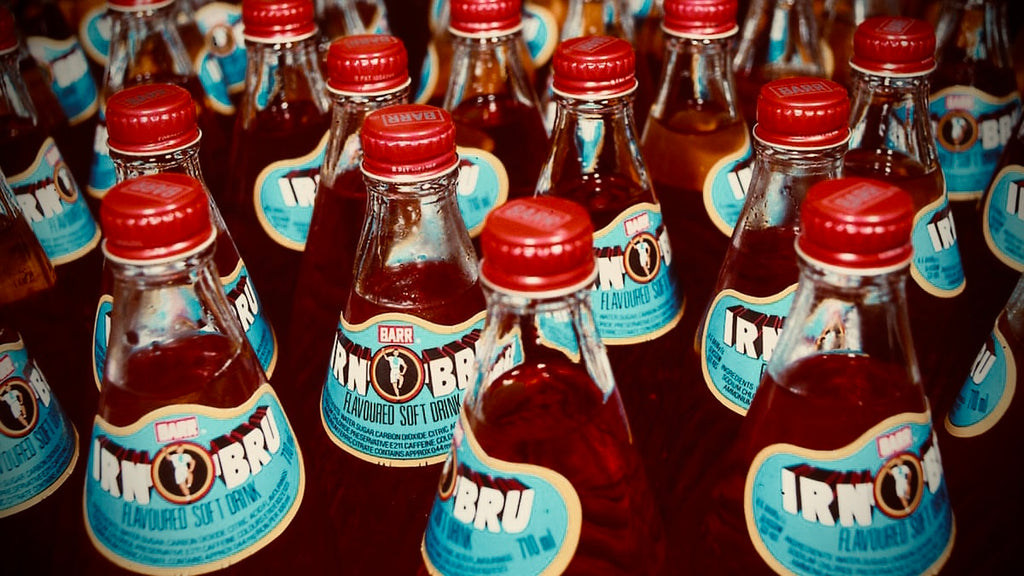About us
2 minute read
Factorylux was co-founded in 2010 by MD Sophie Gollop and Stanley Wilson.
We started out reclaiming light fittings and reworking them on the kitchen table of our London flat. In the ±15 years since, we relocated to the Yorkshire Pennines and grew into a small team who specialise in sustainable design and manufacturing.
Supported by architects, designers and building engineers, we’ve developed a science-based approach to Circular Economy which is different to anything else in the lighting industry. Most importantly it's transparent and honest - 'greenwash' is the biggest obstacle to sustainable manufacturing.
The light fittings and lighting track we manufacture today are all plastic-free, paint-free and adhesive-free (excluding the electrically conductive components & some of the optical accessories). They're also affordable and, most importantly, they make closed-loop Circular Economy possible. It's a major first for the lighting industry 🥇.
How did we get here?....
 Factorylux MD Sophie with our kids Doug & Maggie in the Yorkshire Pennines
Factorylux MD Sophie with our kids Doug & Maggie in the Yorkshire Pennines
Code red
On August 9th, 2021, the Intergovernmental Panel on Climate Change (IPCC) released its assessment of the climate crisis. UN Secretary-General António Guterres summarised this 4000 page breakdown of the physical science as ‘a code red for humanity’.
It was one of many calls to action from the scientific community that affected us deeply, but clashed horribly with the inactivity we saw at ground level with our own eyes and - to be absolutely frank - even in our own business 😔.
It left us feeling conflicted (especially when trying to explain it all to our kids) and exhausted, or what psychologists call 'cognitive dissonance'.
"In the field of psychology, cognitive dissonance is the perception of contradictory information
and the mental toll of it"
- Wikipedia
Sustainability has always been integral to our work, but the uncomfortable truth was that we did not operate at a level that matched the scale of the problem or what we were truly capable of. We knew there was room for improvement and we could no longer ignore it.

Returnable milk bottles are still a common sight in Yorkshire
As kids we’d loved returnable glass bottles for fizzy pop (soda), such a brilliantly simple idea and collecting them was a way for us to make a few pence. Later in life we learned these are called 'closed-loops' (when producers take back their own products to reprocess and return them directly to the market).
Could 'closed-loop' principles be applied to a more complex product, such as architectural lighting? We set out to find out. Several years and a house sale later (engineering R&D is eye-wateringly expensive) we've established a framework for the first ever lighting closed-loop 🙌.

Putting it into words
They explain how Factorylux components are made, brought together, assembled, finished, packed and transported—to better understand how they facilitate true circularity. This is real life storytelling about how we do it today, not a fictional account of what we might achieve one day in the future.
We also hope that these granular accounts might inspire you to gather, organise and document your own sustainability thoughts and actions. It's a simple process that helps counteract the feelings of powerlessness that come with climate change and you'll feel all the more balanced for it 😇(it definitely works for us).
Industrial Revolution
It’s easy to think of closed-loops as something that will require years of research and evaluation to become deliverable. In reality, the solution is very simple: make manufacturers legally responsible and financially accountable for what they produce, from inception to end-of-life.
Lighting industry waste is a lighting industry problem. Our stories are proof, or thereabouts, that if we are given no alternative, us manufacturers will easily figure out what to do about it. It’s time to shut out the noise of lighting corporations and their lobbyists, to unlock closed-loop Circular Economy and realise the true potential of the lighting industry.
This single, simple truth is the conclusion of all our work on sustainability and the fundamental principle that underpins everything we do.
We need a new Industrial Revolution, the makers must also become the unmakers.
So let’s get on...
Our stories:
1 - About us (you are here!)
- How we got started.
2 - Closed-loop Circular Economy
- The how and why of our manufacturing methodology.
- The most sustainable surface finish ever - explained.
- Mono-materials are what make a closed-loop possible.
- Measure everything that leaves a factory, not just the product.
- Why we exist. Where we are going.
